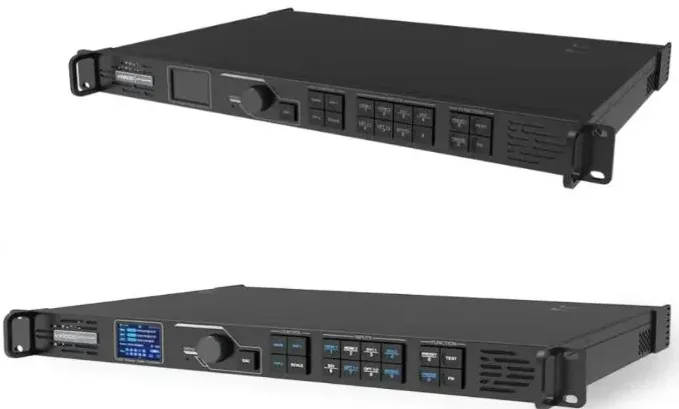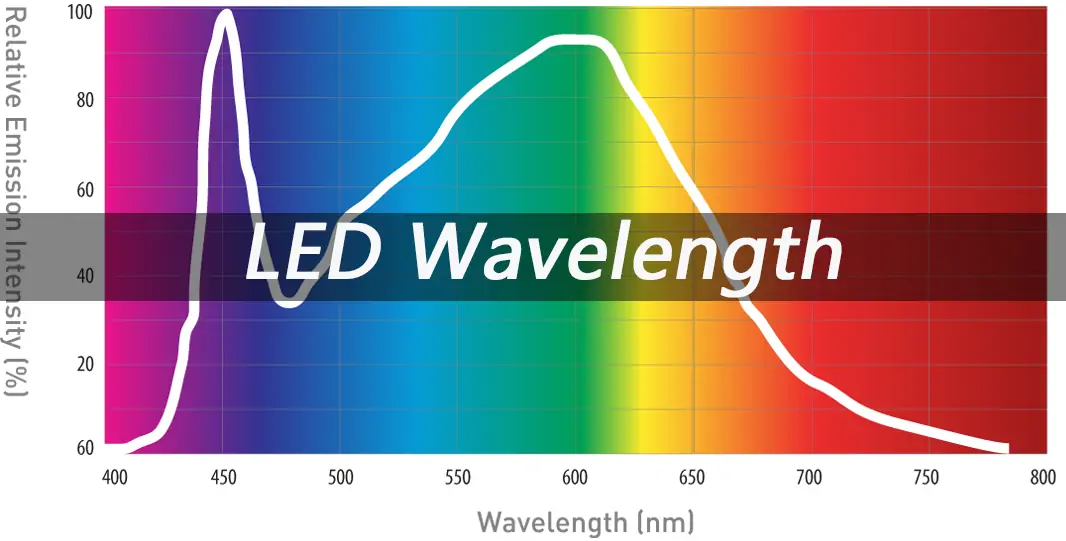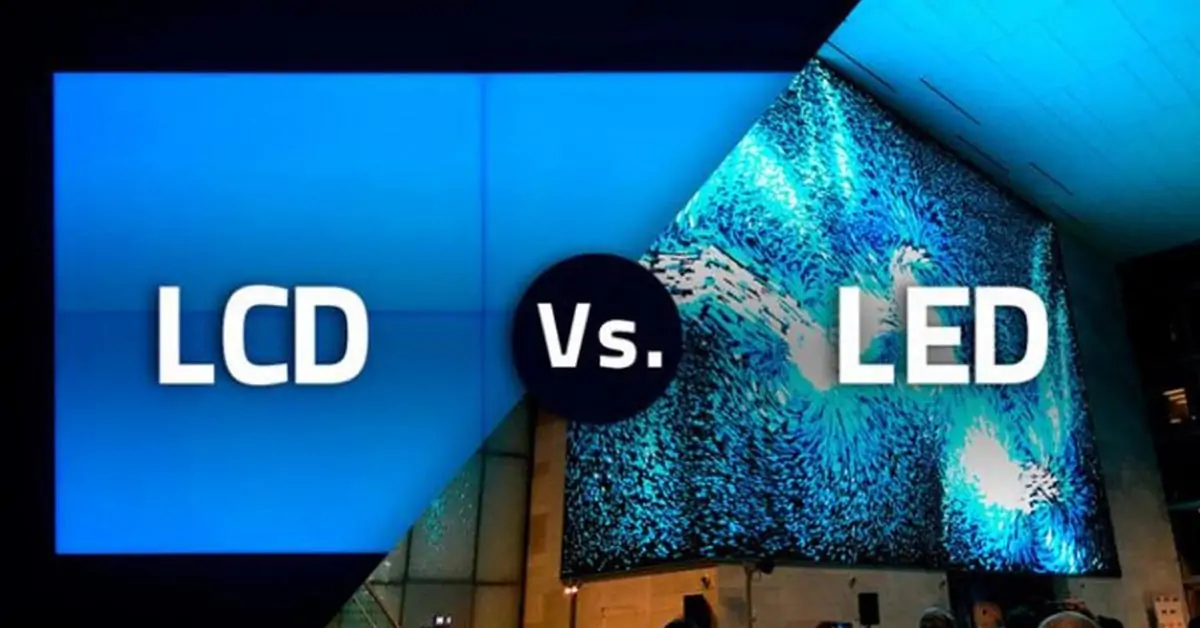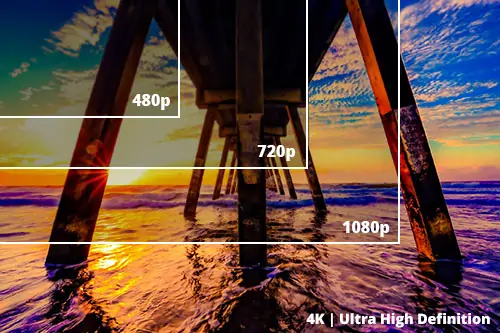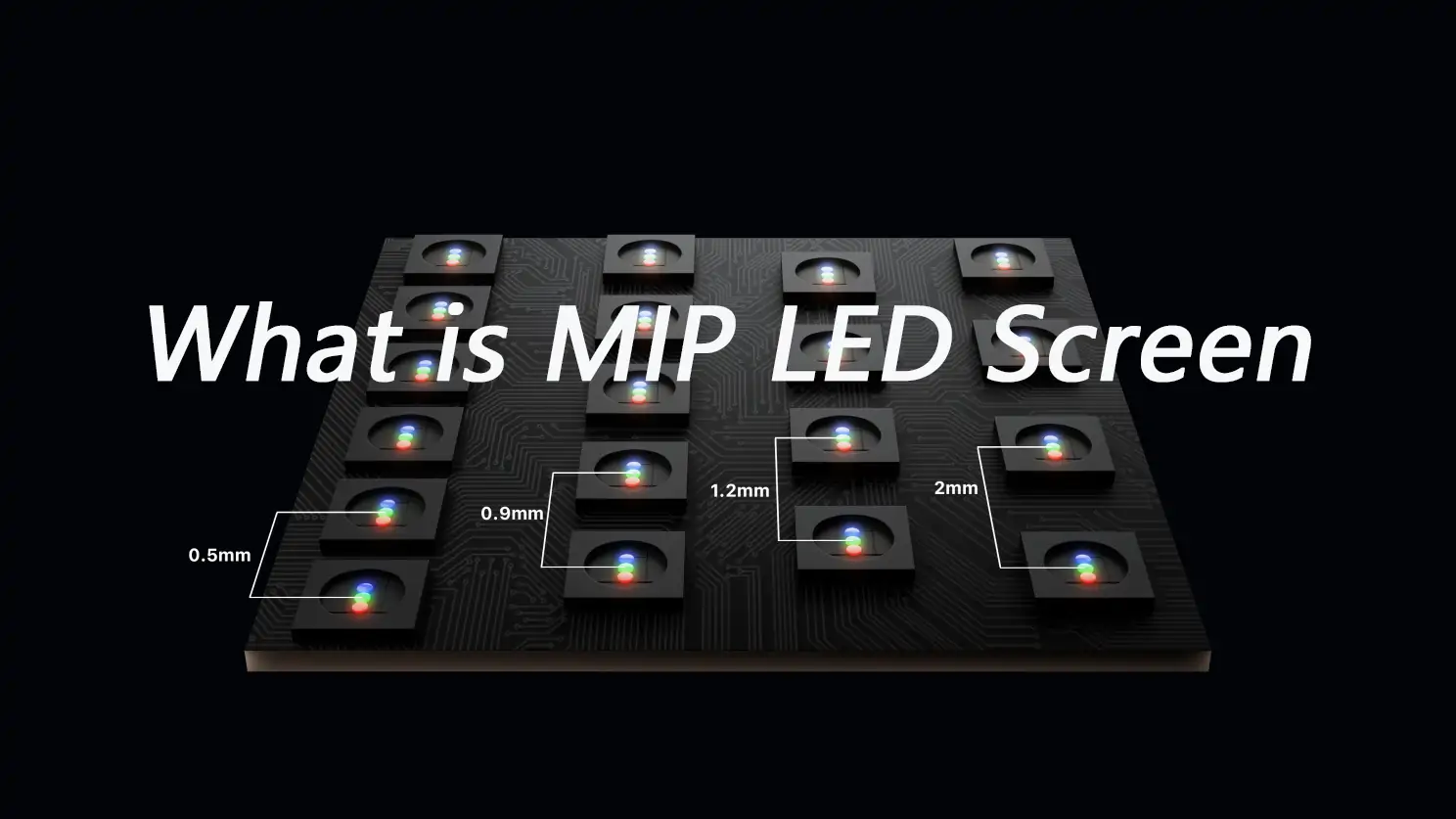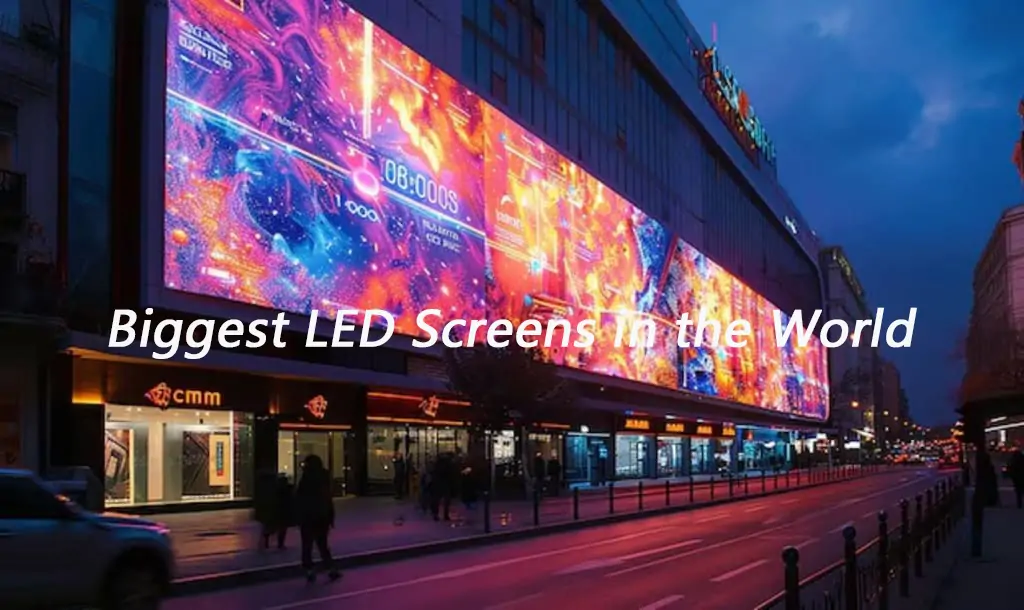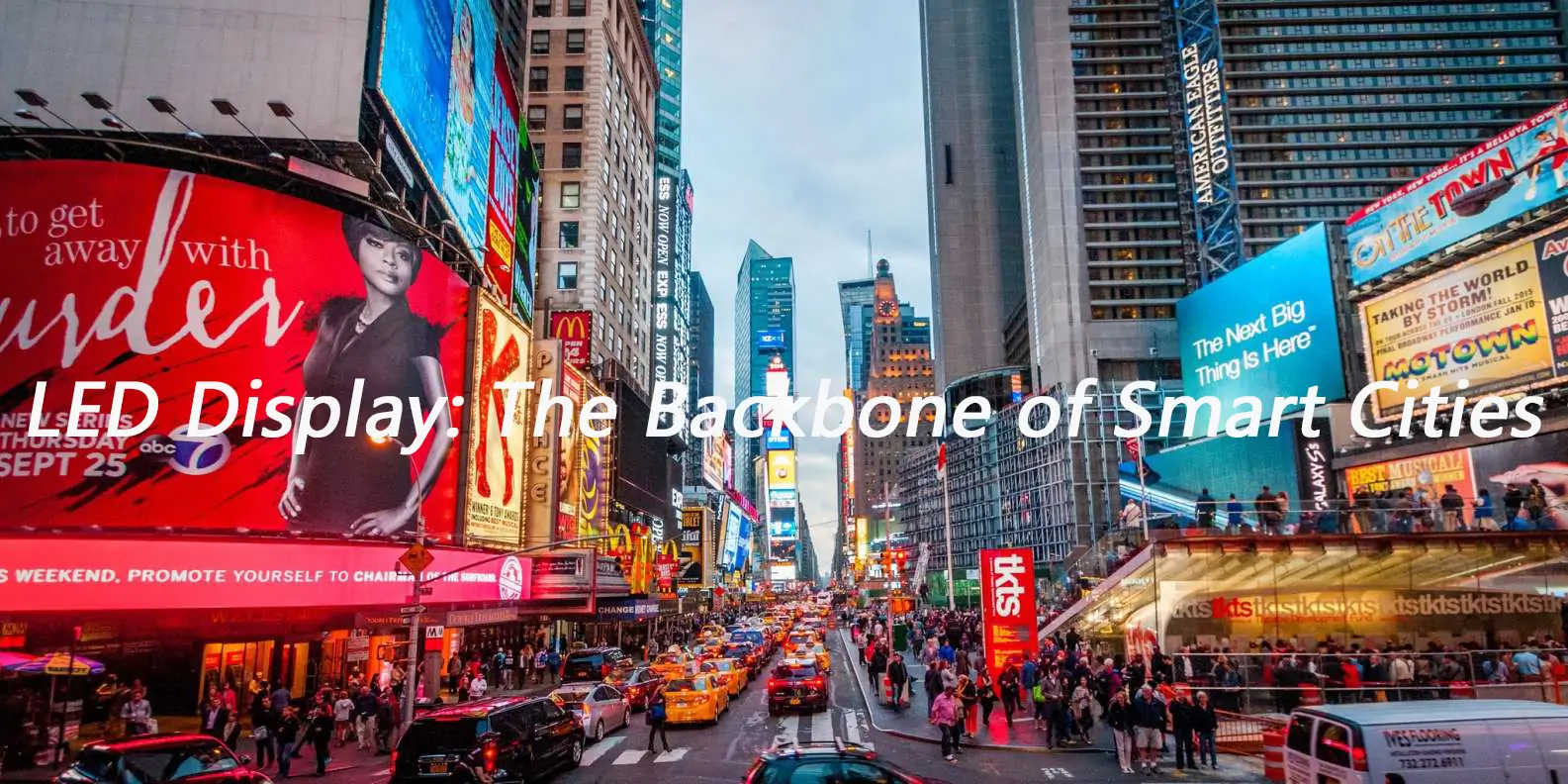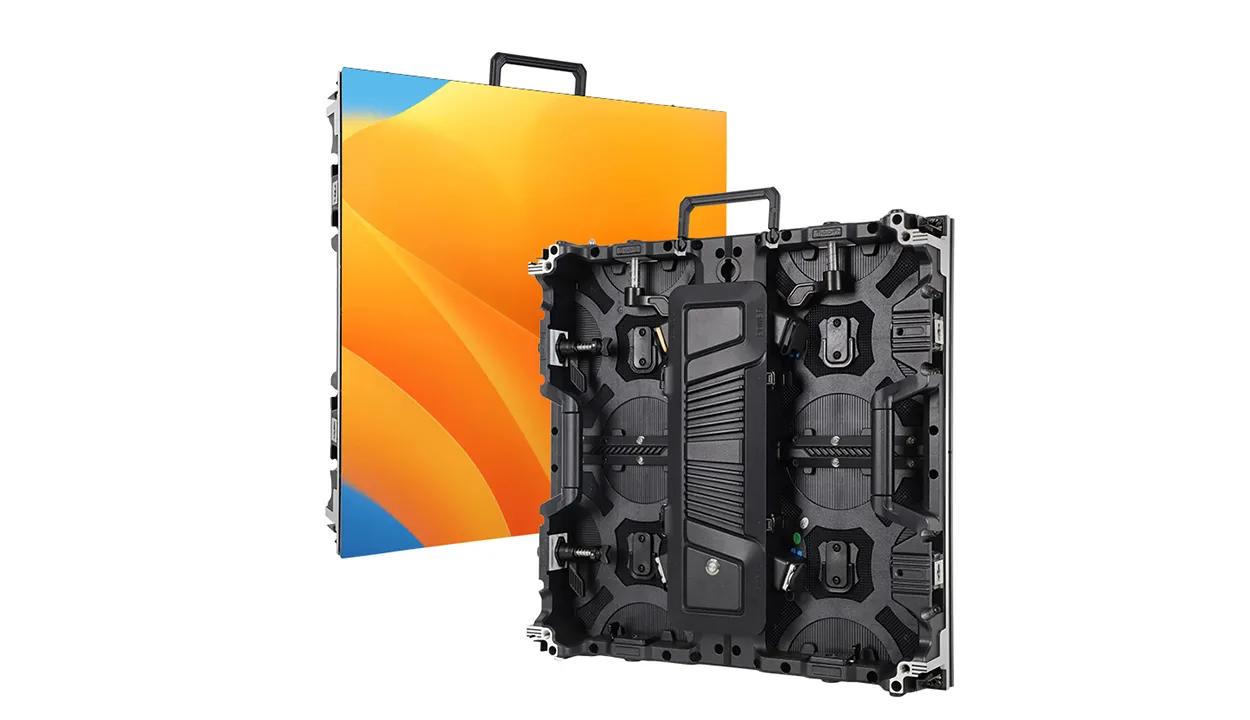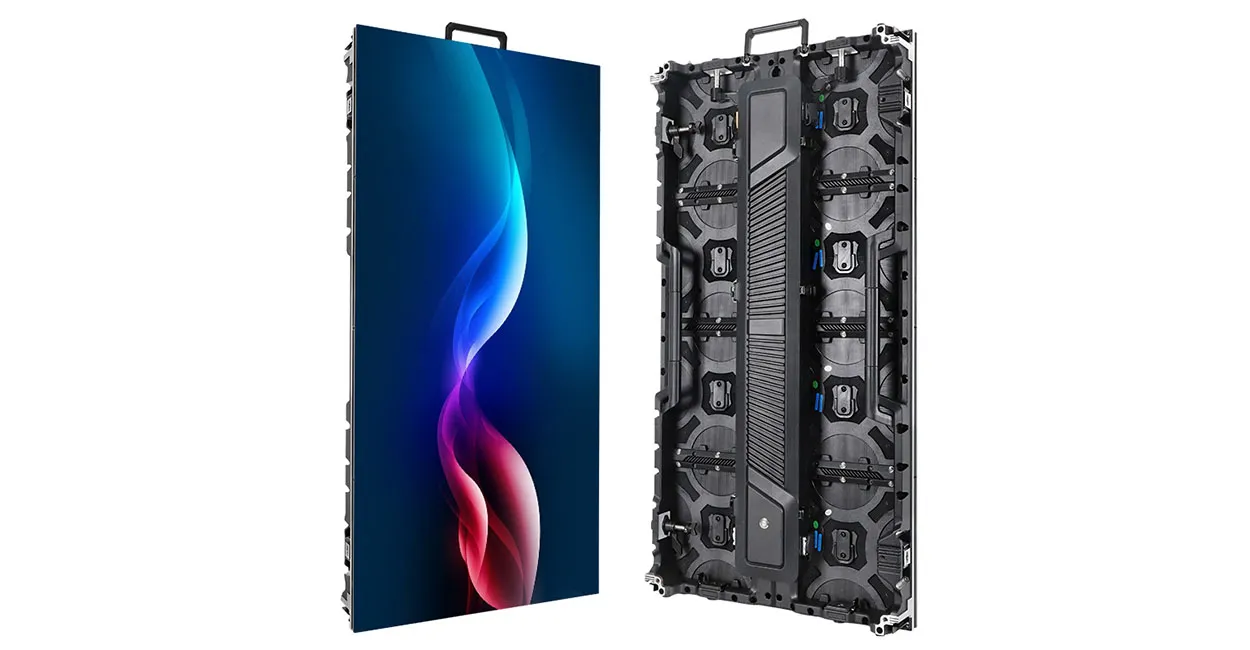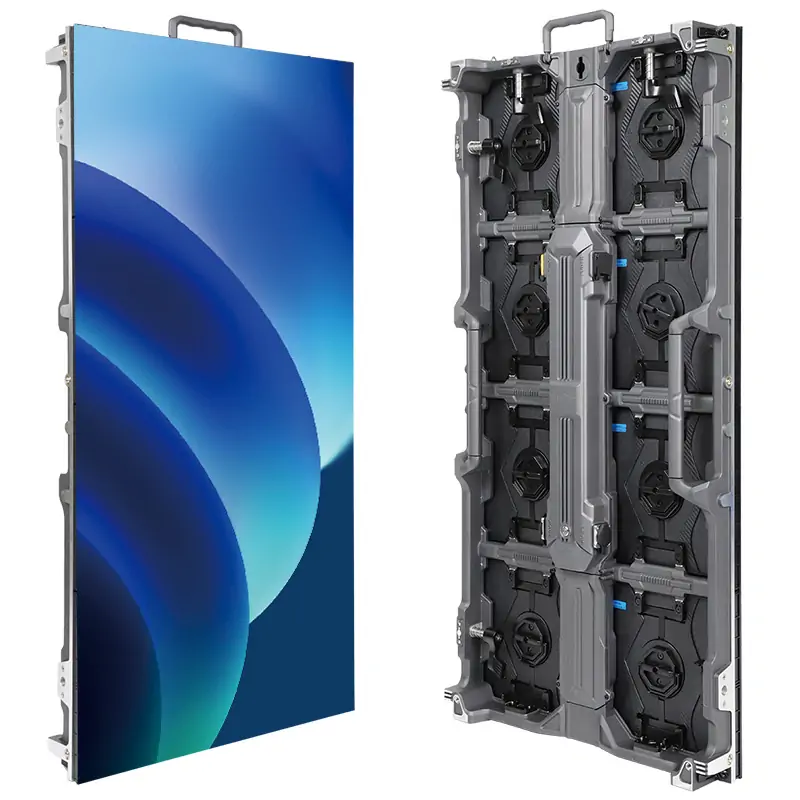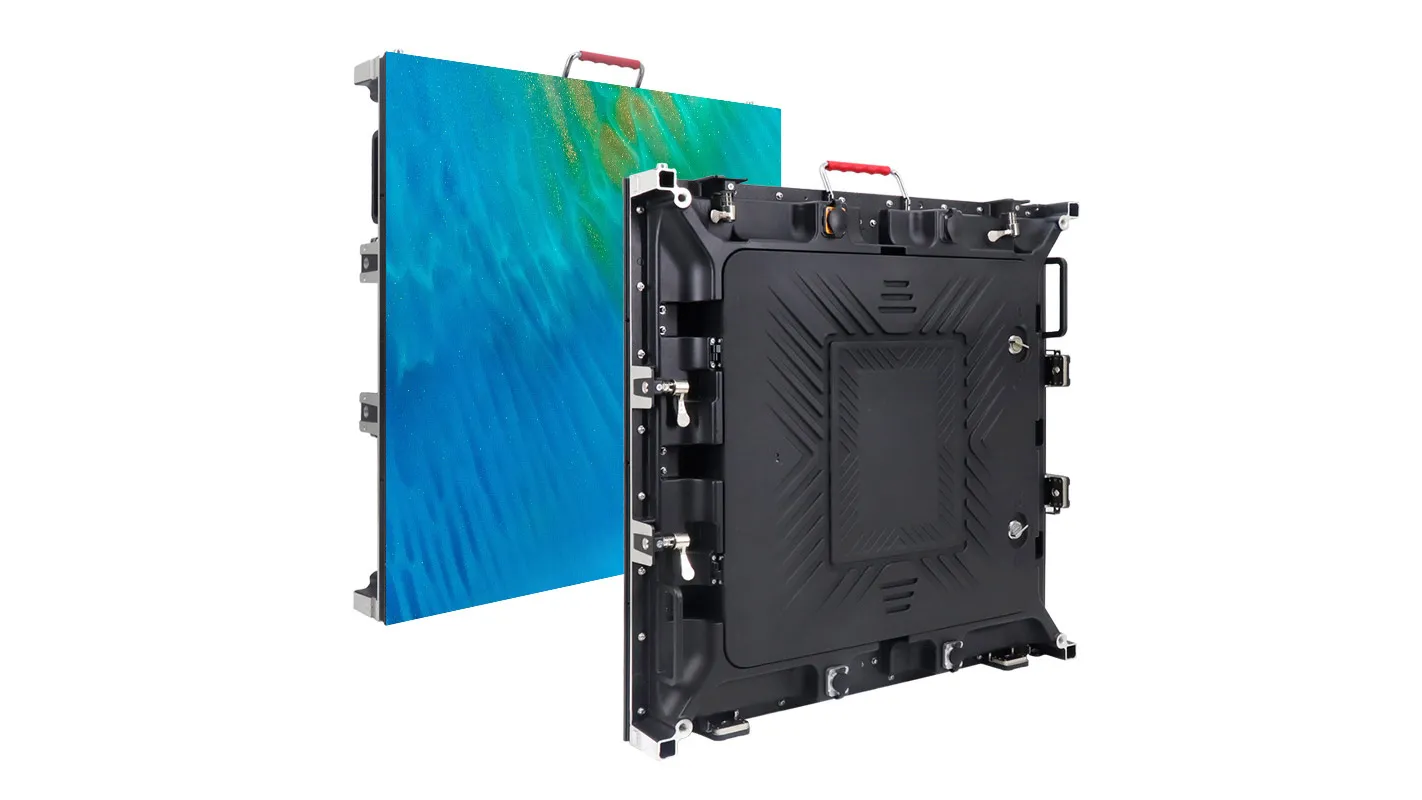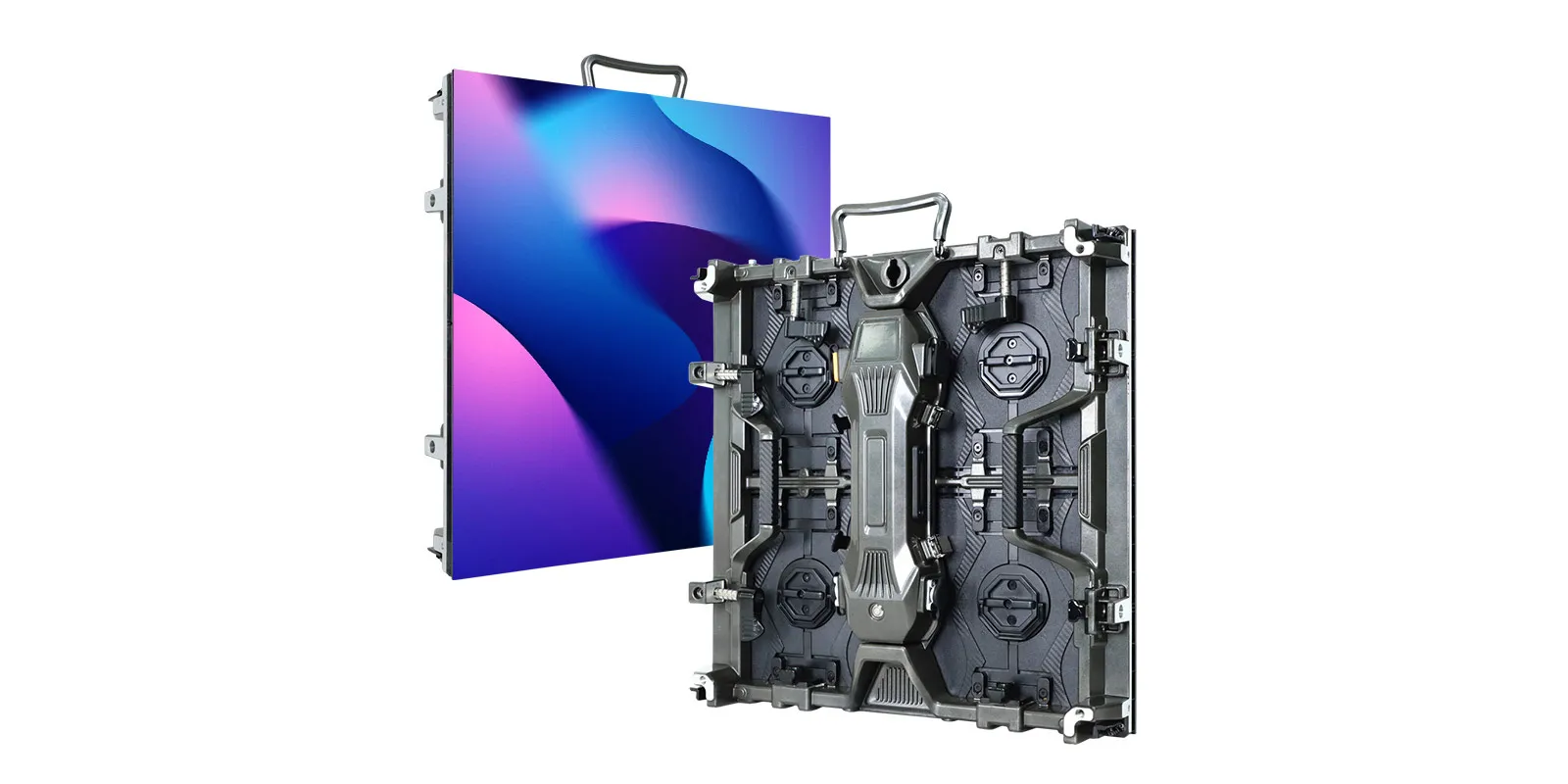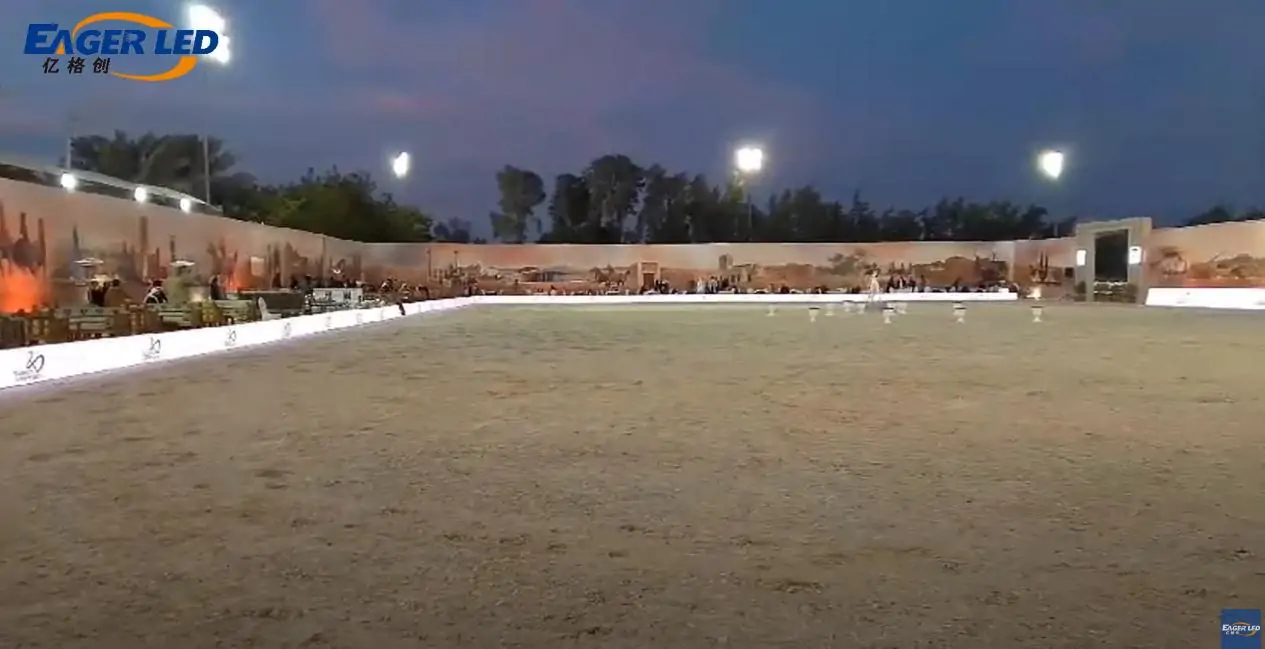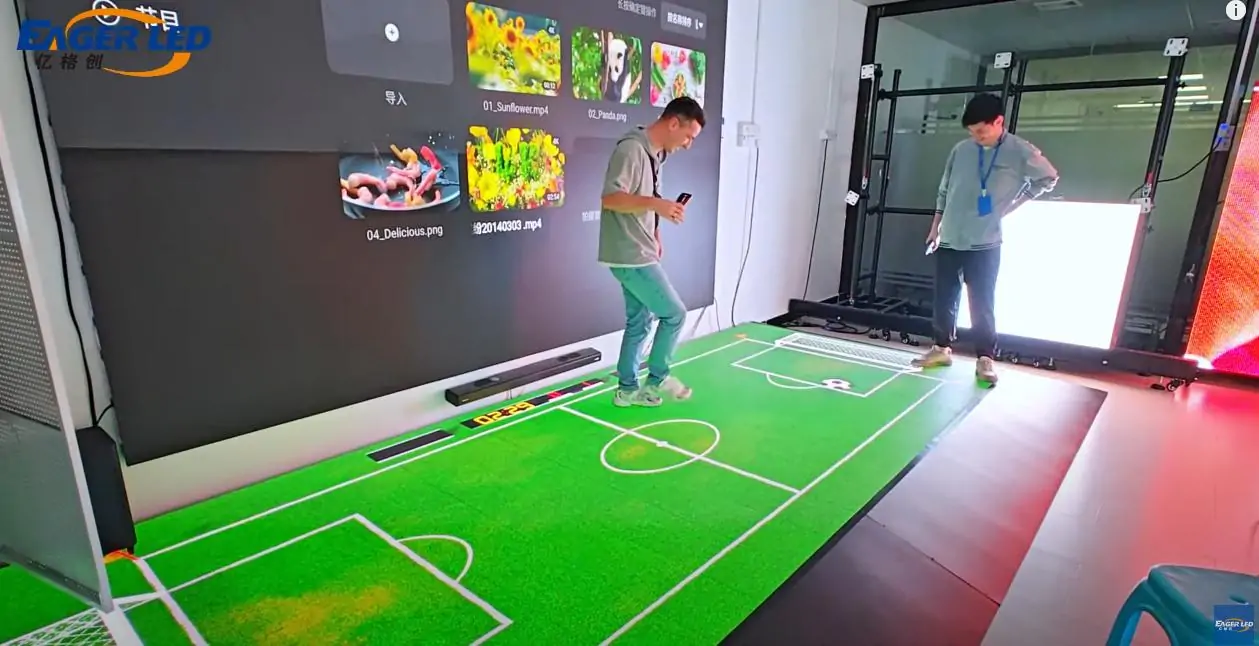SMD and COB, the two main packaging technologies, are innovative technologies for LED displays. As the technology of LED screens continuously developed, the SMD and COB packaging technologies gradually played an indispensable role during LED display production.
While both technologies are now frequently used to produce high-quality LED screens, many people still don’t know much about COB and SMD. In this article, we’ll take an in-depth look at COB vs SMD in terms of key differences, advantages and disadvantages, benefits, and ideal applications to help you make an informed choice when selecting a COB display or SMD screen.
- 1. Was ist COB-Technologie?
- 2. Was ist SMD-Technologie?
- 3. Die Vor- und Nachteile von COB-LED-Displays und SMD-Bildschirmen
- 4. Die wichtigsten Unterschiede zwischen SMD-LED-Bildschirm und COB-LED-Display
- 5. Zu berücksichtigende Faktoren bei der Auswahl eines COB-LED-Displays oder SMD-Bildschirms
- 6. Die Vorteile der Wahl der geeigneten COB- oder SMD-Verpackungstechnologie
- 7. Die beste Anwendung von COB-Display und SMD-Bildschirm
- 8. Abschließend
1. What Is COB Technology?
COB is short for Chip-on-Board. The Chip-on Board (COB) technology allows you to directly mount red, green or blue chips onto the PCB or substrate. Then, it is covered with a protective epoxy layer. It increases the chip density and creates a flat, uniform LED surface. Combining the three color values allows the chip to reproduce photos’ realistic images and achieve a wider colour gamut.
COB LEDs allow for a much higher density of LEDs in a given display area than other LED packaging techniques such as double-in-line packages(DIP) and surface mounted diodes(SMD). A smaller pixel pitch is possible without bonding wires. The higher the resolution, the smaller the pitch.
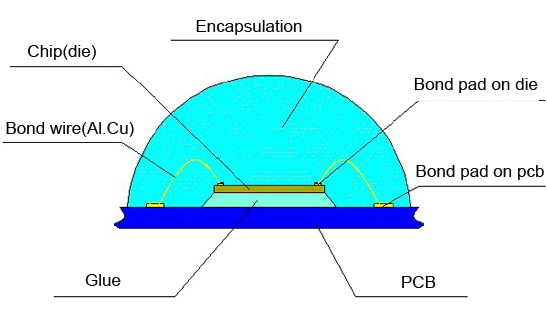
1.1 Chip Mount: In COB technology, a semiconductor chip (e.g., an LED chip or an integrated circuit) is mounted directly to the PCB substrate using either conductive or non-conductive bonding materials.
1.2 Soldering: COB technology typically involves soldering the chip directly to the printed circuit board with wires to make the electrical connection. This simplifies the packaging process and reduces the overall size of the device.
1.3 Encapsulation: After the chip is mounted and wired, it is usually encapsulated with a protective resin or epoxy material. This encapsulation protects the chip from mechanical damage, moisture and other environmental factors.
2. What is SMD Technology?
SMD stands for Surface Mounted Devices and is one of the SMT (Surface Mount Technology) components. It refers to the method of mounting electronic components directly to the surface of a printed circuit board (PCB). Unlike COBs, SMD components are pre-packaged and soldered to the surface of the PCB.
This packaging technology encapsulates LED light-emitting chips in a holder to form a lamp bead (SMD), which is then soldered to a PCB board. The SMD and PCB are sintered and cured in a high temperature oven (reflow soldering), and the LED leads are then soldered by the press-soldering process.
After bonding the brackets with epoxy resin to form the display module, the module is finally assembled into the unit.
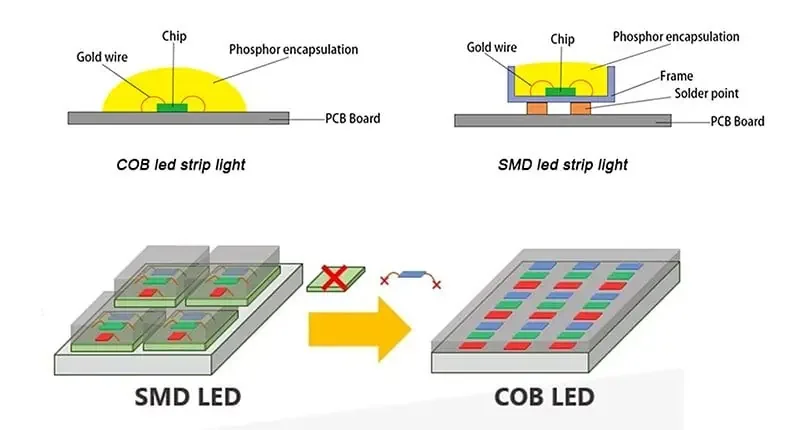
2.1 SMD Package Formats
SMD components come with a variety of package forms, each designed to meet specific needs for electrical performance, size, and thermal management. Common SMD package types include:
SOT (Small Outline Transistor) packages
QFN (Quad Flat No-leads) packages
SOIC (Small Outline Integrated Circuit) packages
LGA (Land Grid Array) packages
BGA (Ball Grid Array) packages
3. The Pros and Cons of COB LED Display and SMD Screen
Comparing COB (Chip-on-Board) and SMD (Surface Mount Device) technologies provides insight into their respective strengths and weaknesses in electronics LED manufacturing. Here are their pros and cons.
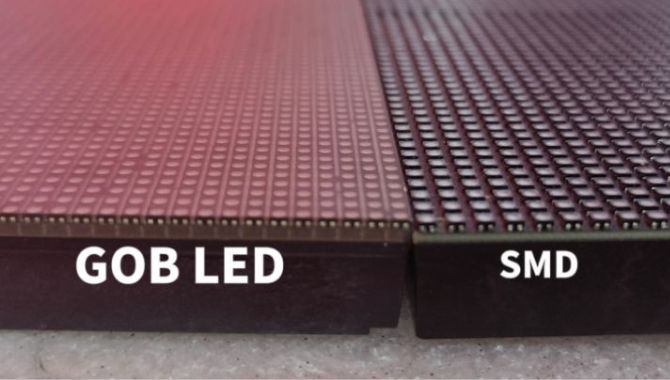
3.1 Chip-on-Board LED Display
(1) Advantages:
- High Brightness: COB LED displays can easily achieve a dot pitch of less than 1.0 mm. The smaller the dot pitch, the clearer the image of display and the softer and more detailed the colors. It is suitable for outdoor and large-scale displays.
- Better Heat Dissipation: The chip is directly attached to the substrate, and the heat is dispersed directly through the PCB board. Because the thermal resistance value is small, the heat will not accumulate. This effectively enhances the heat dissipation effect and prolongs the service life and reliability of LED displays.
- Ultra-Thin Box: Allows for thinner and lighter displays due to compact integration of LED chips. Reduces weight by about 1/3 compared to conventional LED displays.This ultra-thin box is lightweight and easy to install, enhancing installation and transportation flexibility.
- High Sealing Performance: The COB packaging technology adopts fewer solder joints to reduce failure points, improving overall display durability in challenging environments such as wet, cold, thunderstorms, humidity, fog and tide. Besides, it could work perfectly even it is under -30℃ or above +80℃.
- Superior Colour Rendering: COB LEDs excel at providing brilliant and accurate colour reproduction, enhancing the visual experience with vibrant colors and subtle gradations. This superior colour fidelity is a testament to its advanced technology.
(2) Disadvantages:
- Complicated Maintenance: Due to the integrated design, the COB LED displayis difficult to service individual LEDs, which can increase maintenance costs and downtime.
- High Initial Investment: COB LED screens require a higher initial investment due to the specialized manufacturing processes and equipment.
- Limited Customization: There is less flexibility to change the design after production than with modular LED screen
3.2 Surface Mount Device(SMD) Screen
(1) Advantages:
- Space Efficiency: SMD screens are also known for their small size. It enables high pixel densities on the screen, providing clear image quality and a compact display solution for indoor applications. Its small size makes for a thin, lightweight display that is ideal for portable devices.
- Energy Efficiency: One of the outstanding features of SMD screens is their impressive energy efficiency. Compared to conventional display technologies, SMD displays consume much less power while providing brighter, more vibrant visuals. This energy-efficient design not only helps to save costs, but is also in line with the concept of sustainability.
- High Reliable: The chip and the housing of SMD LEDs are directly bonded, which makes them very resistant to shock and vibration. This allows for better use in environments with complex conditions.
- High Contrast: High Contrast: LEDs emit light with nearly 100% efficiency, so SMD screens have high brightness levels and high contrast. It is significantly higher than the 20-30% luminous efficiency of incandescent or cold-cathode fluorescent lamps. This results in a more comfortable viewing experience, especially in brightly lit environments.
- Automated Production: SMDs are compatible with automated assembly processes, resulting in faster and more precise production. The SMD technology effectively reduces labor costs and ensures consistent quality in mass production.
(2) Disadvantages:
- Vulnerability: Small size and surface mount characteristics make SMD screens more susceptible to physical damage and handling issues.
- Complex Thermal Management: The dense packaging of components may require complex cooling systems to effectively manage heat, affecting design complexity.
- Component Availability: Components specific to the SMD format may be in limited supply, affecting design choices and customization options.
4. The Key Differences Between SMD LED Screen and COB LED Display
Due to different SMD and COB packaging technology for LED modules, the COB LED displays and SMD screens have obvious differences from the aspects of brightness, performance, energy-saving, maintenance, color consistency and so on. Here are detailed explanations about these differences.
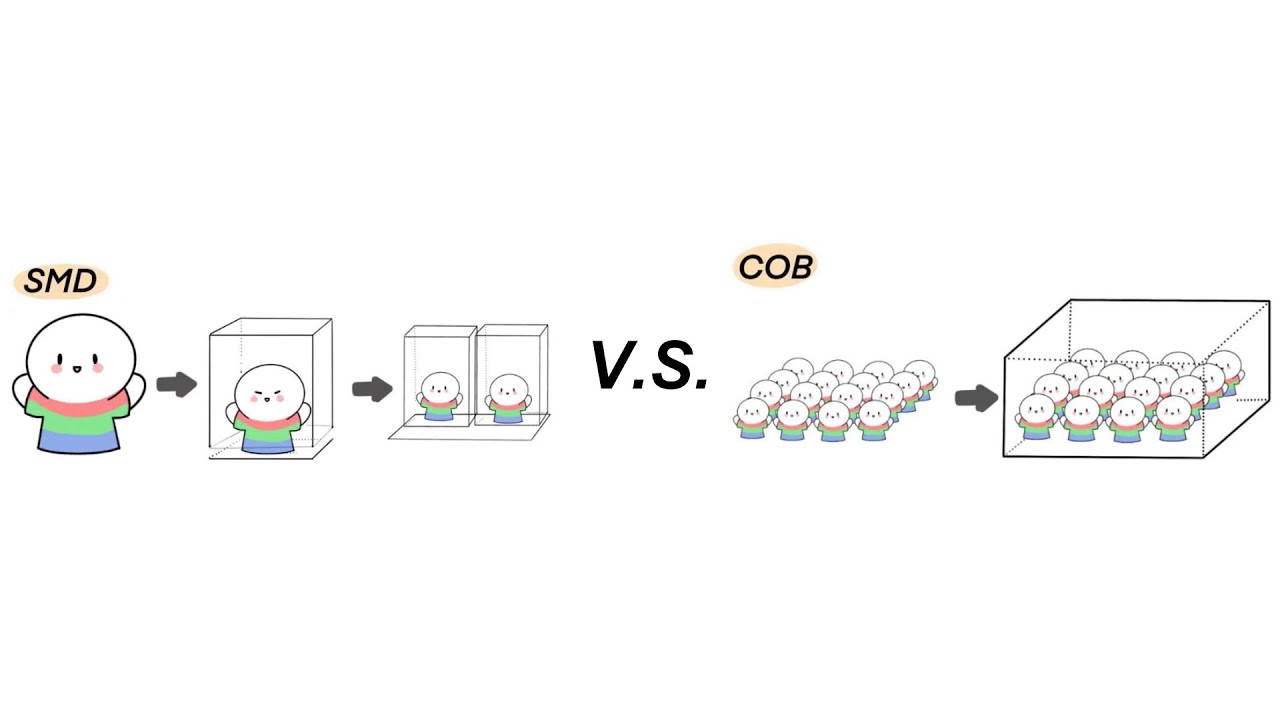
4.1 Image Difference
The viewing effect of COB LED display is better than SMD LED screen. SMD screen beads emit light as a whole, giving the effect of a point light source, while COB screens have a film covering the light-emitting chips, which scatters and refracts the light source to become a surface light source.
Compared with point light source, surface light source has better overall visual perception, no particles when viewing, can reduce the stimulation of light source to the human eye, and is more suitable for long-term close viewing.
4.2 Reliability Difference
SMD LED screens are prone to bumping because the light-emitting chips are encapsulated first and then installed, so the overall protection is weak. Its waterproof, moisture-proof and dust-proof performance is poor and cannot be wiped. It is easy to maintain.
However, the LED screen with COB technology mounts the chip directly and then covers it completely with a film. The overall protection performance is good, the front protection level can reach IP65, which can effectively prevent water, moisture and collision. The COB LED display can be wiped with a damp towel, but it is difficult to maintain.
4.3 Cost Difference
The production technology and processes of SMD are relatively complex, thus the production cost of SMD screens is higher than COB displays. Labour and production costs for COB LED screen account for 10% of the material costs. As a result, Chip-on-Board (COB) can save you approximately 5% on manufacturing costs.
Compared with COB packaging, SMD packaging requires more sophisticated equipment due to the complexity of its manufacturing process. Manufacturing and labour costs of SMD LED screens account for almost 15% of the material costs.
4.4 Application Difference
COB LED displays provide a high lumen output and produce bright and intense light. They have a high colour rendering index (CRI).COB LED chips can be designed to emit a narrow beam angle, making them ideal for directional lighting applications such as stage lighting, stadium lighting and outdoor lighting.
SMD LED screens, on the other hand, are often used in applications that require a lower lumen output. Examples include indoor lighting, automotive lighting, and backlighting. the flexibility and low cost of SMD LEDs are critical, and their small size helps reduce installation costs.
SMD screens can be found in the retail or hospitality industry. In this case, the lighting design may need to be changed frequently. SMD LEDs have also proven to be useful for customized lighting designs.
4.5 Energy-Saving Difference
COB screens are more energy efficient than SMD LED displays. This is because the light-emitting diodes (LEDs) in SMD LED screens are usually installed in an orthogonal manner, which can cause obstruction to the wires above the light source.
However, most COB LED displays use an inverted mounting process where the light source is not obstructed. As a result, COB LED screens consume less power and are more cost-effective for the same brightness.
4.6 Maintenance Difference
COB displays are more challenging to maintain because all the LEDs are on one substrate or PCB. If one LED fails, the entire substrate may need to be replaced. Due to the nature of the way it is packaged, if a problem occurs, the COB screen may require factory repair and on-site repair is not possible.
Compared with COB LED screens, SMD displays are typically more modular, making it easier to identify and replace individual failed LEDs, which can simplify maintenance and reduce repair costs.
4.7 Brightness and Color Consistency Difference
COB displays typically offer better brightness and colour consistency because the closely spaced LED chips work together to emit light. This results in more uniform and consistent illumination across the LED display.
While advances in SMD technology have improved consistency, there can still be subtle differences in display brightness and colour due to the individual packaging of the LEDs.
4.8 Viewing Angle Difference
COB displays typically have a wider viewing angle because the closely spaced LEDs emit light together, reducing the chance of colour and brightness distortion at different viewing angles.
SMD displays may have a slightly narrower viewing angle, and the quality of the viewing is affected by the specific configuration of the LEDs on the PCB.
| SMD | COB | |
|---|---|---|
| Image | Medium | Good |
| Reliability | Low Reliability | High Reliability |
| Cost | Higher Cost | Lower Cost |
| Application | Indoor | Outdoor |
| Energy-Saving | High Power Consumption | Low Power Consumption |
| Maintenance | Easy | Difficult |
| Brightness and Color Consistency | Low | High |
| Viewing Angle | Narrower Virewin Angle | Wider Viewing Angle |
5. Factors to Consider When Selecting COB LED Display or SMD Screen
When choosing between COB (chip-on-board) LED displays and SMD (surface mount device) screens, there are several factors that should be considered to ensure the best choice for your specific application. Here are five key elements to consider:
5.1 Brightness and Viewing Distance
Determine the level of brightness and viewing distance required for your display; COB LED displays are typically brighter and are suitable for outdoor viewing at long distances; SMD LED screens provide excellent image quality at closer viewing distances and are ideal for indoor environments.
5.2 Resolution Requirements
Consider the resolution required for the display to effectively communicate the content. SMD screens typically have higher pixel densities, allowing for sharper images and more detailed content. However, COB LED displays may be limited in achieving ultra-high resolution by the level of LED chip integration.
5.3 Serviceability and Maintenance
Evaluate the ease of maintenance and serviceability of the selected display technology. SMD displays, with their modular design and easier access to individual components, are faster and less expensive to repair than COB LED displays, which are more integrated and may require more complex repairs.
5.4 Cost Considerations
Evaluate the overall cost, including initial investment and long-term maintenance COB LED displays may have a higher initial cost due to specialized manufacturing processes and equipment SMD screens can provide a cost-effective solution for medium- to large-sized displays, especially in indoor applications.
5.5 Thermal Management
Robust thermal management is an important consideration, especially for COB LEDs, whose dense chip arrangement requires an effective heat dissipation strategy to ensure optimal performance and lifetime. SMD LEDs are packaged in diode packages, which emit heat differently and are therefore less complex to manage thermally.
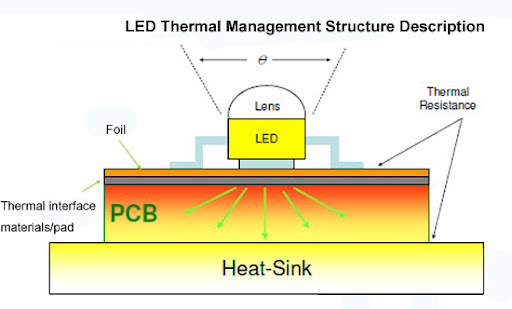
5.6 Color Rendering
Colour rendering can be expressed by the Colour Rendering Index(CRI). This index measures how well a light source is able to render an object’s colour in sunlight. SMD LEDs typically have a higher CRI due to the individual diode packages used, providing higher colour fidelity in a variety of applications. COB LEDs, while having good colour rendering, may have a CRI that varies depending on the specific chip configuration.
5.7 Application Environment
Evaluate whether the display will be used indoors or outdoors. COB LEDs are often preferred for outdoor environments due to their high brightness and resistance to ambient conditions. SMD screens may be suitable for indoor applications where space efficiency and image quality are important.
By carefully evaluating these factors in the context of your specific requirements and environment, you will be able to make an informed decision between COB LED displays and SMD screens that will maximize your display needs in terms of performance, durability and cost-effectiveness.
6. The Benefits of Choosing the Suitable COB or SMD Packaging Technology
Choosing the suitable COB (Chip-on-Board) or SMD (Surface Mount Device) packaging technology for LED displays offers several distinct benefits.
6.1 Reduce Cost
The production cost and maintenance cost are different between COB LED displays and SMD screens due to dissimilar packaging technologies. Therefore, you should consider the use scenes, repair costs, and product price to choose the optimal LED screens, which will greatly decrease your business costs to some extent.
6.2 Outstanding Visual Effect
For a long viewing distance, the COB LED displays usually can provide sharp images and clear video content. If the display scene needs short watching distances, the SMD LED screen is the best choice. Meanwhile, When your advertising content demands high brightness and consistency in color, COB LED screens are the best choice. Hence, comprehensive consideration is crucial to make an optimal decision.
6.3 Improve Brand Recall
By choosing the suitable LED display with COB technology or SMD technology, the optimum LED screen will bring a lifelike image and vibrant visual effect to attract lots of audience’s attention and effectively enlarge brand influences and recall.
LED displays in COB or SMD packaging technology have unique characteristics in a variety of environments. Therefore, the LED display that best suits your business is the one you should choose.
7. The Best Application of COB Display and SMD Screen
Certainly! Here are the ideal applications for COB (Chip-on-Board) displays and SMD (Surface-Mount Device) screens:
7.1 COB Displays
- Outdoor Advertising and Signage: COB displays excel outdoors because of their high brightness and visibility in sunlight, making them ideal for applications such as billboards, digital signage and large-scale advertising where durability and clarity are paramount.
- Stadiums and Arenas: COB LED displays are suitable for stadiums, offering high visibility from a distance, withstanding a wide range of weather conditions, and providing clear, vivid visuals for spectators and advertisers.
- Public Transportation Hubs: Used in airports, railway stations and bus stops to provide real-time information and advertising, COB displays ensure visibility in all lighting and weather conditions, essential for passenger guidance and communication.
- Industrial Applications: Ideal for monitoring industrial environments where rugged displays are required for process control, safety notifications and data visualization in harsh conditions such as dust, humidity or vibration.
- Emergency and Safety Signage: COB displays are critical for emergencies in public areas and buildings, providing clear, instant information during a crisis, aiding evacuation and reinforcing safety protocols.
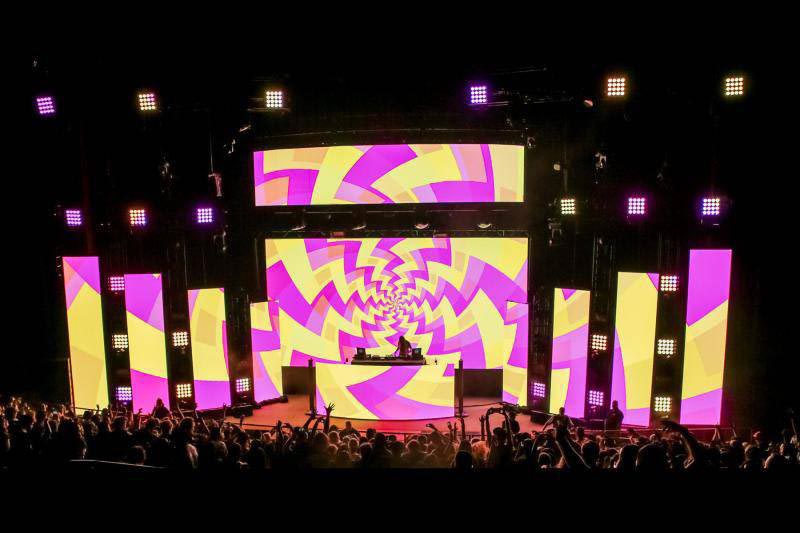
7.2 SMD Displays
- Indoor Digital Signage: Ideal for retail spaces, shopping malls and conference rooms, SMD screens offer high resolution and colour accuracy for detailed product displays, advertising and interactive presentations.
- Broadcast Studios: SMD screens are used in TV studios to display live broadcasts, newscasts and video walls in high definition, ensuring the superior image quality and clarity necessary for professional broadcast environments.
- Control Rooms and Command Centers: Thanks to their clarity, brightness and ability to process complex visual information, SMD screens are a must for control rooms where operations are monitored, critical data is displayed and activities are precisely coordinated.
- Retail Displays: Improve retail environments with dynamic digital signage, promotions and interactive displays using SMD displays. Their high resolution and vibrant colors attract customers, increasing sales and brand awareness.
- Entertainment Venues: Deployed in theatre, concert halls and entertainment venues to provide immersive visuals, event information and performances, SMD displays offer superior image reproduction to enhance the audience experience with vivid visuals and clarity.
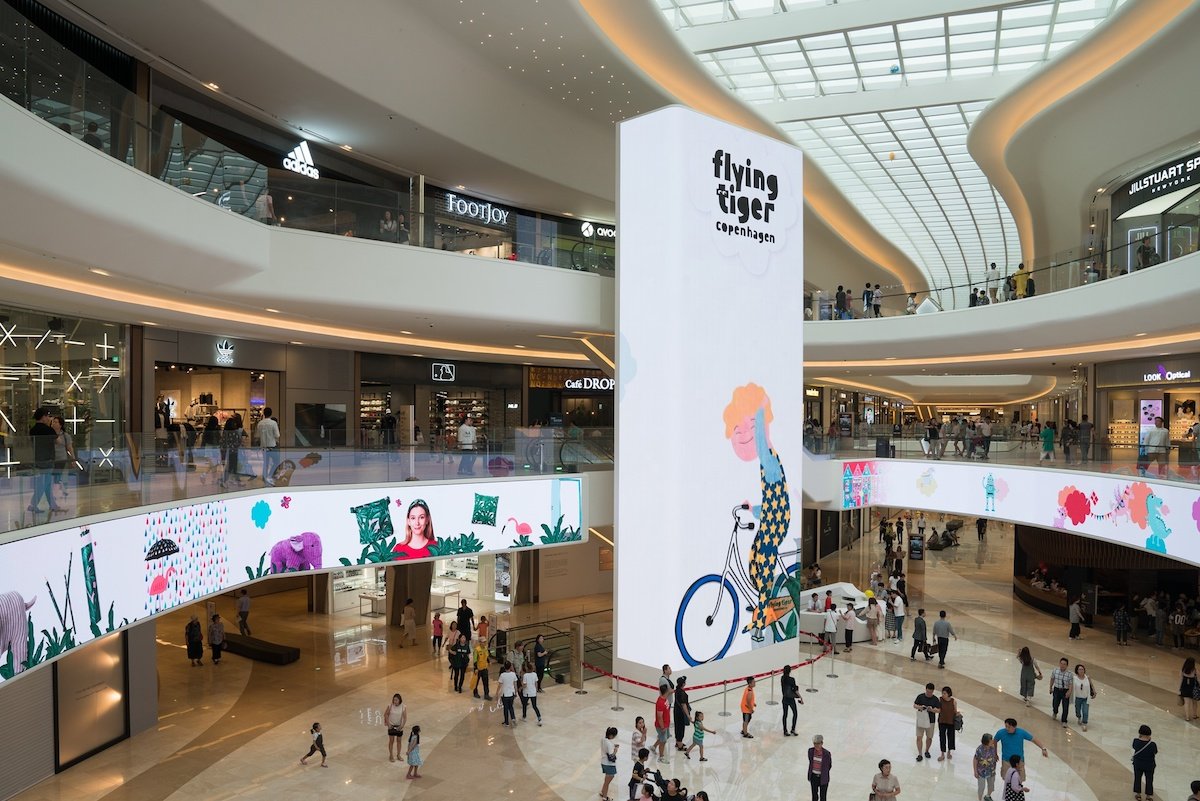
8. In Conclusion
Choosing COB screens or SMD LED displays depends on specific requirements such as environment, viewing needs, resolution, budget, and content. After you consider efficiently these factors, the choice you make can perfectly suit your events.
In the future, the advanced LED technology will further light up our world with the seamless brilliance of COB and the complex modularity of SMD. I think you already get an insight into the COB technology and SMD technology when you read this post. For further information, please contact us.
Related Posts
Fill In Your Needs In Detail
Fill in the screen usage scene and size you need in “Content”.You will get a quote.


